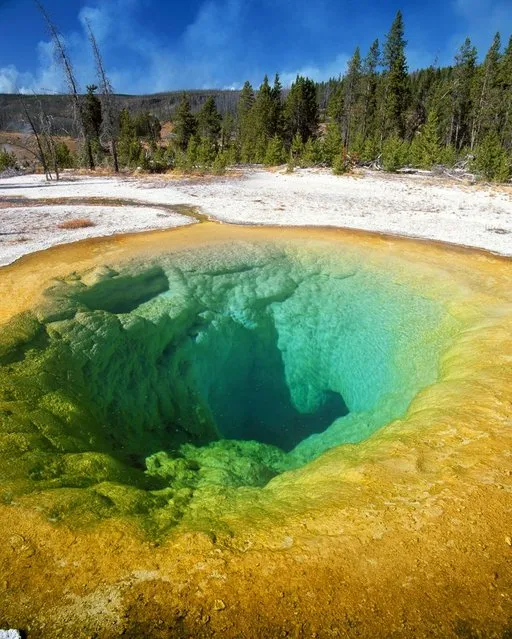
The Beauty Pool of Yellowstone National Park – The hot spring allows luminous algae and bacteria to flourish creating a vivid array of colors. (Photo by Francois Gohier/Ardea/Caters News)
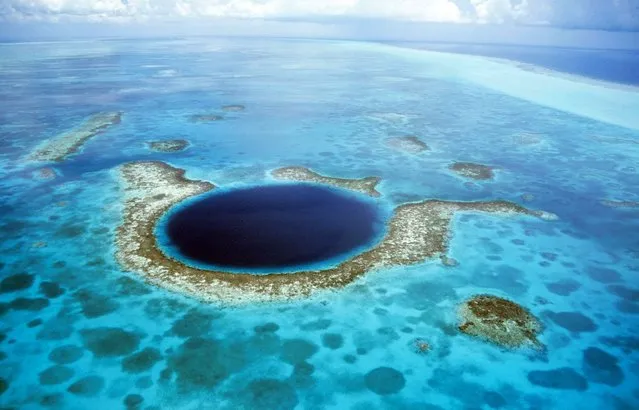
The Great Blue Hole in Belize – A large submarine sinkhole which is over 984 feet across and 407 feet deep. The sinkhole was formed during several episodes of quaternary glaciation when sea levels were much lower. (Photo by Kurt Amsler/Ardea/Caters News)
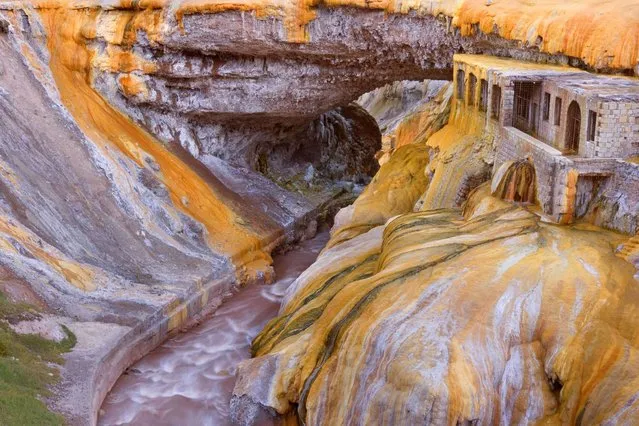
The Puente del Inca natural rock bridge in Argentina – Bright orange and yellow bacteria mats are created by natural sulphur springs which cover the rock walls. (Photo by Steffen And Alexandra Sailer/Ardea/Caters News)
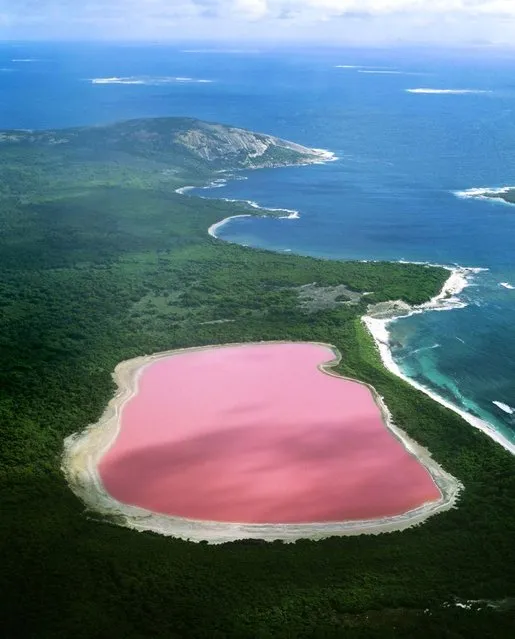
The pink Lake Hiller lake in Western Australia – Scientists have proven the strange pink color is due to the presence of algae which is usually the cause of strange coloration. (Photo by Jean Paul Ferrero/Ardea/Caters News)
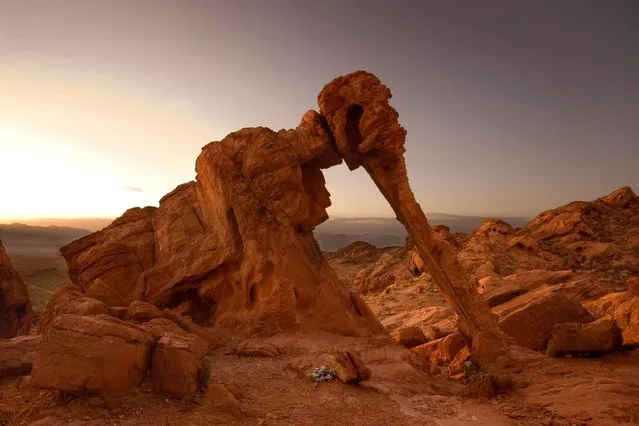
The elephant rock formation in Valley of Fire State Park in Nevada – A strange natural sandstone rock formation resembling an elephant. (Photo by Steffen and Alexandra Sailer/Ardea/Caters News)
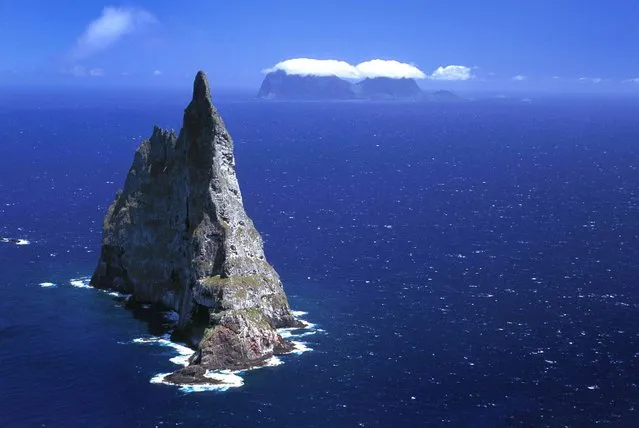
Balls Pyramid – The worlds tallest sea stack, at 562 metres, in Lord Howe Island, New South Wales, Australia. (Photo by Jean Paul Ferrero/Ardea/Caters News)
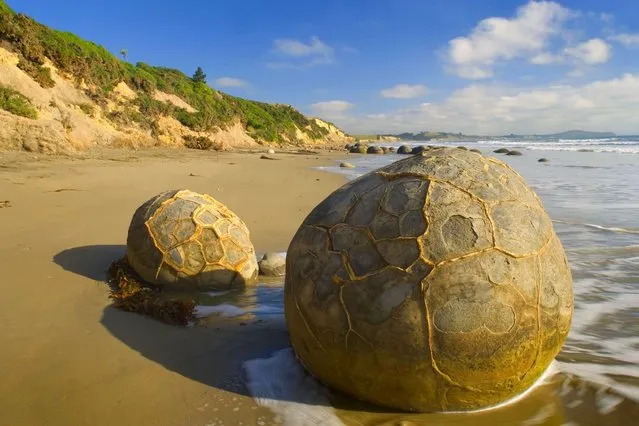
The Moeraki Boulders of New Zealand – The gigantic boulders started forming on the ocean floor and can now been seen sitting mysteriously on the coastline thanks to centuries of erosion. (Photo by Alexandra Sailer/Ardea/Caters News)
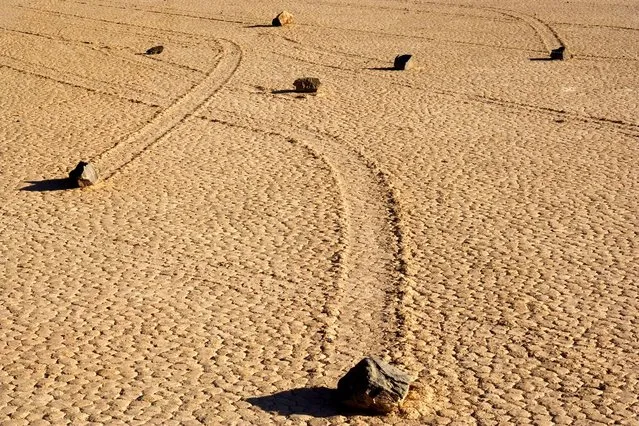
The sliding stones of Death Valley, California – The movement of the rocks continue to baffle experts, with some rocks sliding across a perfectly flat bed despite weighing up to 700 pounds each. (Photo by Alexandra Sailer/Ardea/Caters News)
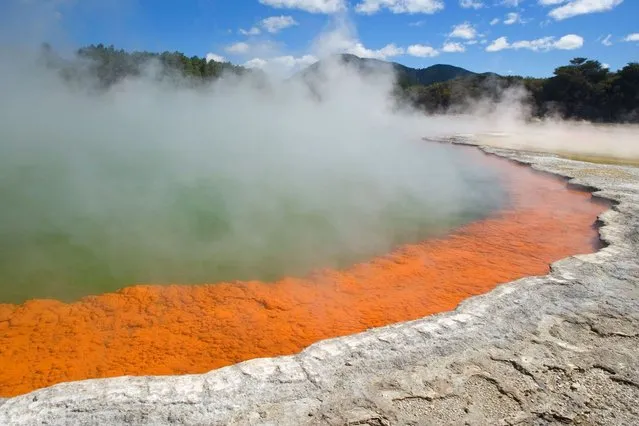
The Champagne Pool – A colorful hot spring in the Waiotapu Geothermal area of New Zealand. The surface temperature of the big spring is 74 degrees celsius and it bubbles are due to uprising carbon dioxide. Minerals contained in the hot water are gold, silver, mercury, sulphur and arsenic. (Photo by Alexandra Sailer/Ardea/Caters News)
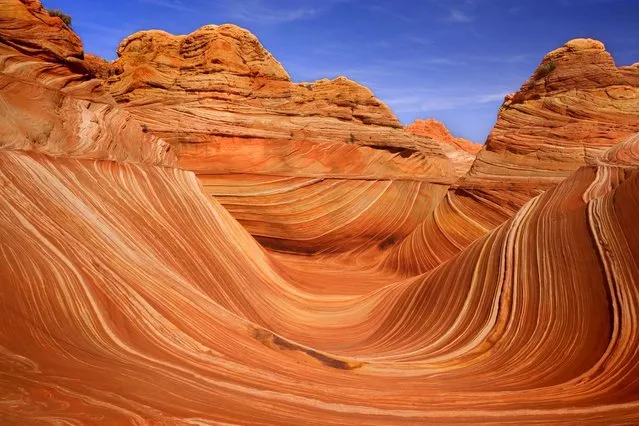
The Wave in Utah – Carved rock eroded into a wave-like formation made of jurrasic-age Navajo sandstone that is approximately 190 million years old. (Photo by Steffen and Alexandra Sailer/Ardea/Caters News)
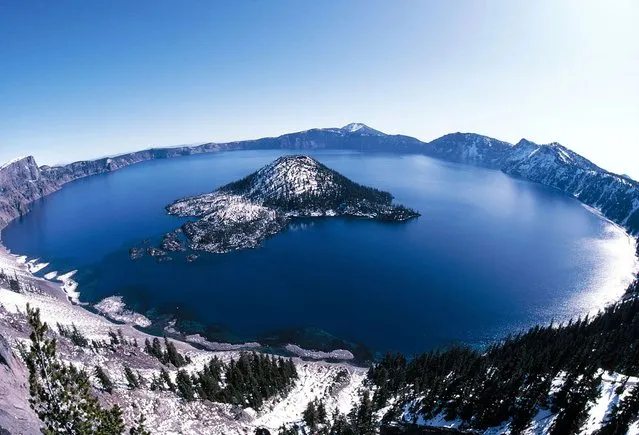
Giant crater lake – The crater lake at Crater Lake National Park in Oregon was formed about 150 years ago by the collapse of the volcano Mount Mazama. (Photo by Rancois Gohier/Ardea/Caters News)
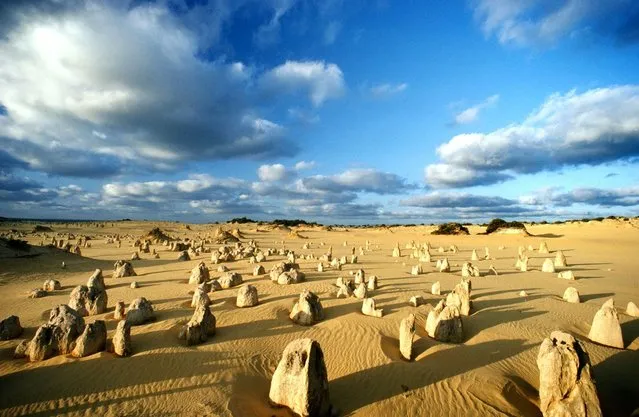
The peculiar pinnacles at Nambung National Park, Western Australia – These amazing natural limestone structures, some standing as high as five metres, were formed approximately 25,000 to 30,000 years ago after the sea receded and left deposits of sea shells. Over time, coastal winds removed the surrounding sand leaving the pillars exposed. (Photo by Jean Paul Ferrero/Ardea/Caters News)
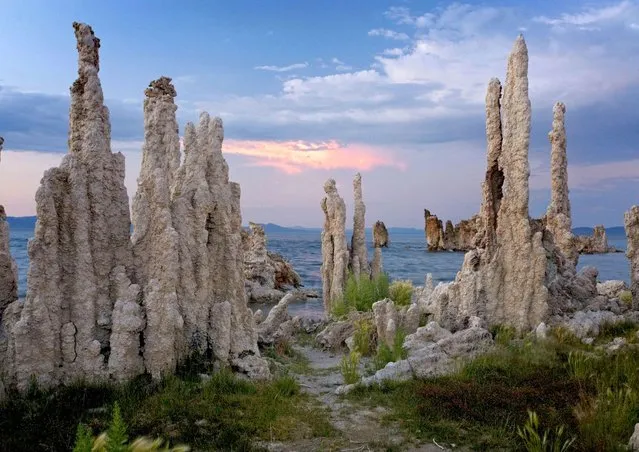
Tufa pinnacles at Mono Lake in Sierra Nevada – Mono Lake is a closed hydrological basin meaning water flows into it but it doesnt flow out. The only way for water to leave is through evaporation. Four vertical feet of water can evaporate during the course of a year. (Photo by Bob Gibbons/Ardea/Caters News)
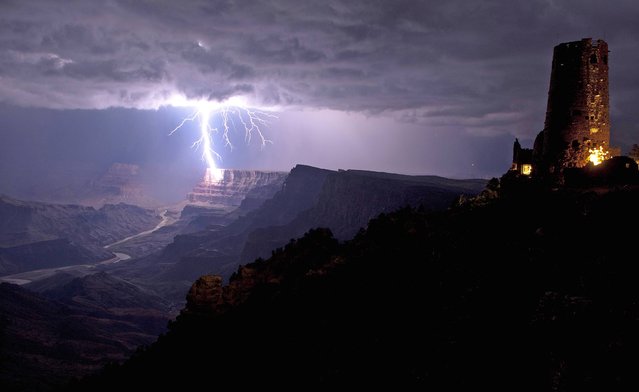
This is the incredible moment a fierce lightning bolt crashed against the Grand Canyon illuminating the steep canyon walls. Shrouded in darkness, the breath-taking landscape was shocked into life as mother nature sent the bolt storming down to Earth. As it cracked against the rocks the bright blue bolt illuminated the South Rim of the canyon, considered one of the Seven Natural Wonders of the World. With just the Desert View Watchtower in the foreground, the lightning was perfectly framed by the canyon which is located in Arizona, USA. (Photo by Travis Roe/U.S. Dept. of the Interior/Caters News)
14 May 2013 11:00:00,
post received
0 comments
